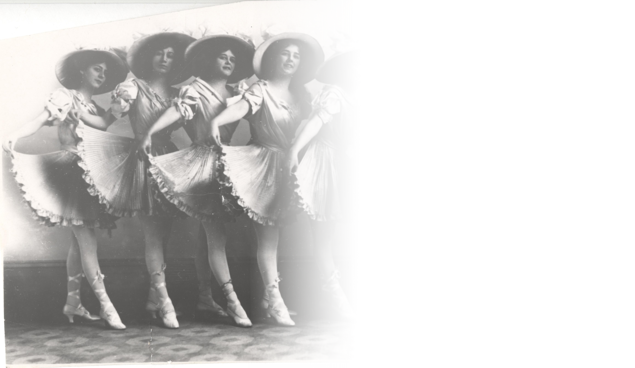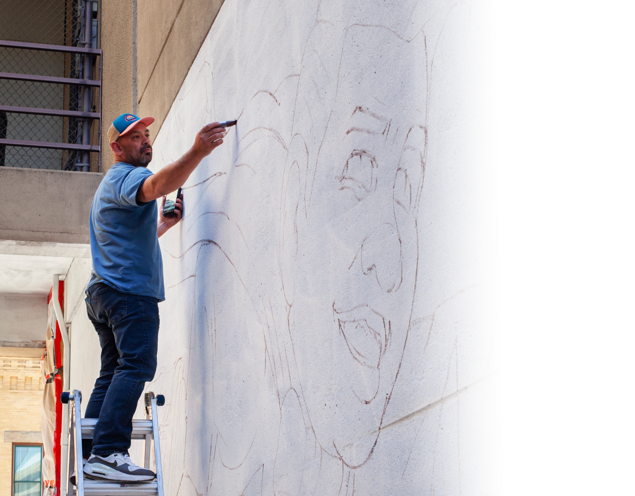People


For thousands of years, the Boise Valley has been home to the Shoshone, Bannock, and Northern Paiute people, with Indigenous oral traditions affirming human presence here since time immemorial. The land where Boise stands is their ancestral, cultural, and unceded territory.
In the 19th century, waves of white settlers arrived in the Boise Valley, drawn by farmland, mineral wealth, and new beginnings. Fur traders, gold miners, and Oregon Trail immigrants to Idaho Territory built new industries, infrastructure, and systems of governance, while at the same time displacing Indigenous peoples and disrupting their lifeways. These encounters between settlers and Indigenous communities created a complex chapter in the region’s history, and in 1869, the U.S. military forcibly marched the Shoshone and Bannock people out of the Boise Valley to the Fort Hall reservation in eastern Idaho.
Over time, settlers from around the world wove their own threads into Boise's evolving tapestry. Chinese immigrants, who arrived during the gold rush era, built mining communities and contributed to early agriculture. Japanese workers helped construct the railroads that connected southern Idaho. Basque sheepherders from Spain arrived with rich traditions that remain a vibrant part of local life today. Alongside many others, each of these groups helped shape and define the City of Boise. From the valley's Indigenous people to early settlers and modern-day residents, their stories reveal the diverse communities that have made Boise what it is today.
*This site is a living resource; while it provides valuable information, it is not exhaustive. New content and updates will be added regularly.










